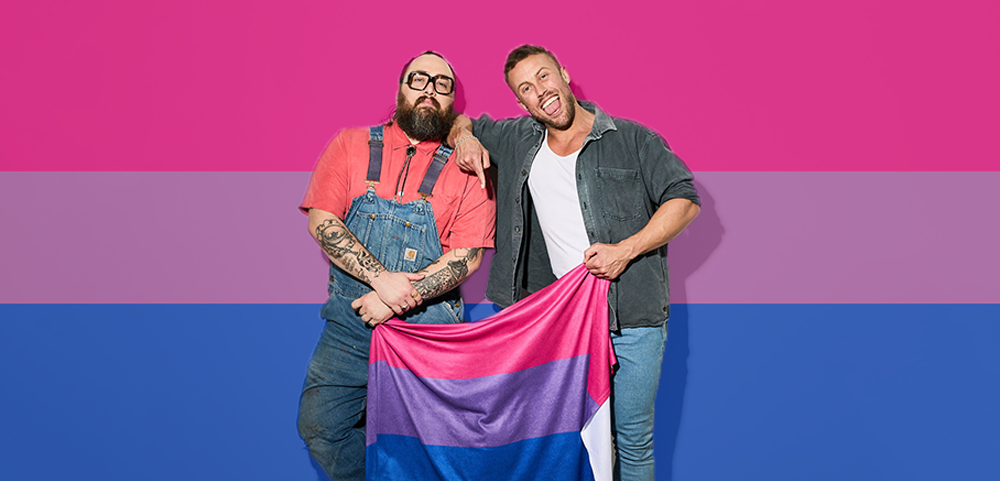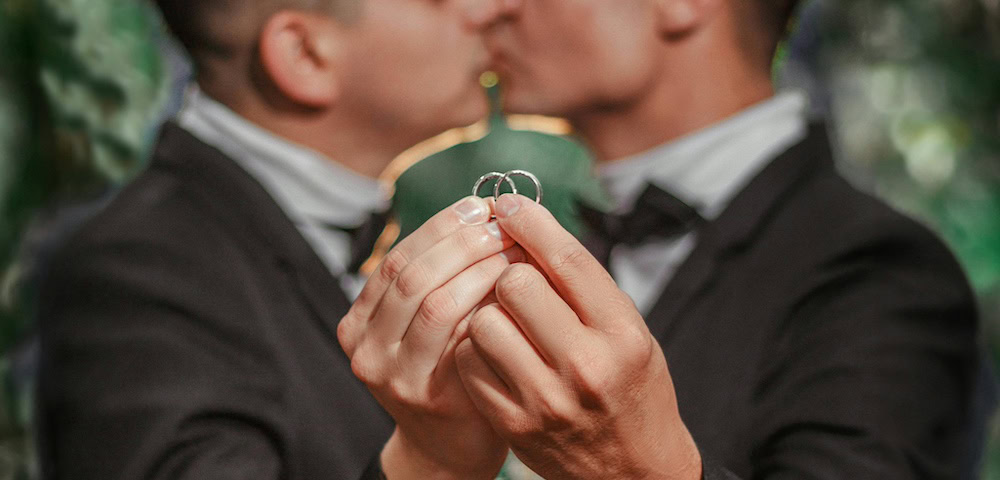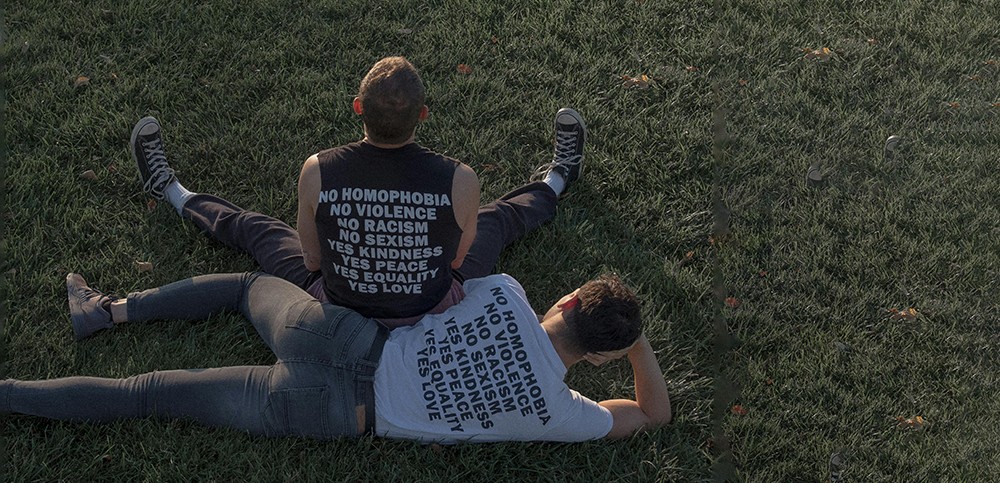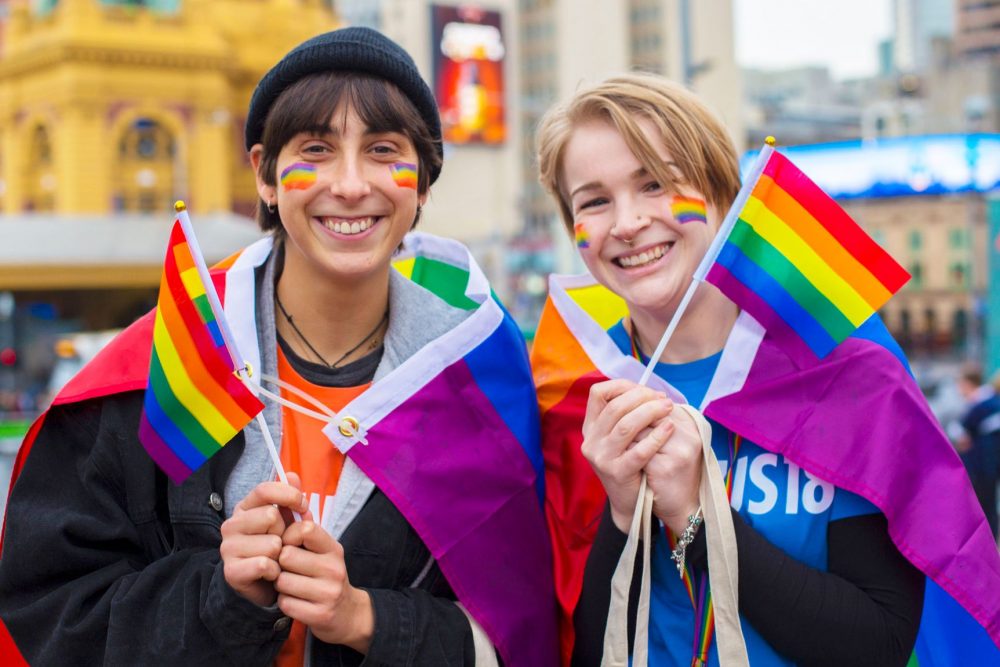
Transgender and gender stereotypes
I recently heard from a student who had been given the task of arguing in a debate that transgenders perpetuate gender stereotypes. She wanted arguments to support her case.
When I started thinking this through I realised the complexity of the question, which cannot be dismissed in a few glib phrases. That transgenders are “guilty” of perpetuating stereotypes is a favourite cry from radical feminists, who take their cue from the execrable Janice Raymond, whose book The Transsexual Empire: the making of the she-male asserted that transgender was in some way an extension of the patriarchal conspiracy to remain dominant over women by invading their territory and “colonising” it with pseudo-females.
There are so many flaws in this argument it is hard to know where to start.
To suggest that infants and young children are in some way bent upon becoming a fifth column for the patriarchy, when the truth is that most transgenders at this age do not even know there are others like themselves (and some do not find out until much later) and almost all of them do their best not to be outed to their near and dear ones, let alone society as a whole, puts a big dent in Professor Raymond’s thesis.
To observe, as if this were a significant discovery, that transgenders tend to adopt stereotypical behaviour of their target gender, is naïve.
Of course transwomen adopt skirts, makeup and jewellery, which are seen as typically female. They do so because they wish to blend into female society and not be noticed, not in order to perpetuate the pattern.
Fashions change constantly, and if fashion were to decree that all women were to wear boiler suits, eschew makeup and throw out their jewellery, (which sometimes seems to be the fashion ideal of radical feminists), then transwomen would be far more likely to follow the trend than to stridently defend the fashions seen by radical feminists as archaic conspiracies to turn women into sex objects and/or cripple them physically by insisting on the use of high heels and corsets.
Most of these inanities fall over, of course, if one knows the history of fashion. High heels, wigs, corsets, cosmetics and fancy fabrics were worn by both sexes until relatively recently (around the time of George III) and in recent times we have seen men once more adopt piercing, jewellery, fancy materials and caftans. We have also seen women almost universally adopt trousers (or jeans) and some are into tattoos and piercing which were at one time virtually restricted to men.
Even if there were a dark patriarchal plot to colonise women’s space it would never happen by way of transgenders, who almost invariably prefer not to stand out from other women, and are therefore far more likely to be followers than leaders in the weird world of fashion, let alone agents provocateur or conquerors.
Even those of us who throw ourselves into the girlie world with enthusiasm bordering on frenzy when first we transition are likely to calm down as time passes. We soon find that a blouse with jeans and flat shoes is generally more acceptable and definitely more comfortable than high heels and low necklines. The early stages of striving for acceptability by way of ultra-feminine styles is merely what we call “teenager in fast forward” and, like all fun things, passes.
INFO: Katherine Cummings is the Resources and Information Worker at the NSW Gender Centre. www.gendercentre.org.au










So does “transgender” only mean women now? I was expecting something balanced here, given you only specified transgender, not trans women. Either comment on both, or specify which you mean, it’s pretty offensive to just pretend transmen don’t exist.
Janice Raymond’s book reads like the typical paranoid fantasy.
The argument about gender stereotyping within the trans community is a contentious one. At the heart of much disquiet between LGB & T campaigners it seems, is the perception that all trans people want to be ‘cured’ and become assimilated as ‘proper/normal man/woman’ and thereby leave the status of minority repressed group behind: in the process of course, inadvertently reinforcing the binary of a heteronormative society. Indeed, for a long time medicine would not permit surgery for someone who would transition into a same sex attraction so had cunningly perfected a ‘gay cure’ by proxy – (in taking a gay male and offering sex change surgery, medicine was thereby creating a heterosexual relationship of the future). Of course, the paradox for the transwoman from a feminist perspective is that one leaves a minority repressed group (trans) to become part of a majority oppressed group (women). However, the equation is far more complex.
As a clinician, I am aware that there can be a percentage of trans people presenting for treatment who particularly at the start of the process can hold rather simplistic and binary notions of what it is to be male or female, and that for these people their expectations from transition can be unhelpfully naive. The most successful trans people however, hold a more congruent and realistic appraisal of the benefits and limitations of medical intervention and are able to make more objective and informed decisions about how to transition from an externally imposed and pre-determined gender identity, to a way of being and living that is more honest and congruent, but know this is a deeply personal process and a very individual choice. It is the distaste and prejudice of an intolerant, transphobic society that creates the need to conform and blend in to (stereo-typical) cultural gender norms. However, we are increasingly seeing people having the courage to reject the cultural imposition of binary gender identities and are expressing more diverse forms including gender-queer. This new movement will add to the bandwidth of gender presentations and offers the potential for a deconstruction of oppression and disadvantage based on gential anatomy. Far from threatening feminism, the new movement in trans identities may actually enhance it.
In conclusion, whilst historically it has been necessary (at a basic survival level) for trans people to conform to the socially imposed rigid binary norms (be either male or female and be convincing) new legislation and a growing trans movement are creating the opportunities for folk to deconstruct this and to find ways of being and representing themselves that are more diverse and creative. Just as courageous people headed up the gay pride movement and made it safer and more possible for others to come out, we need more trans people out and proud and creating that awareness: one day society will come to know that not all gender is so simple or binary.
Alex Drummond – Author of Queering The Tranny: New perspectives on Male Transvestism and Transsexualism.